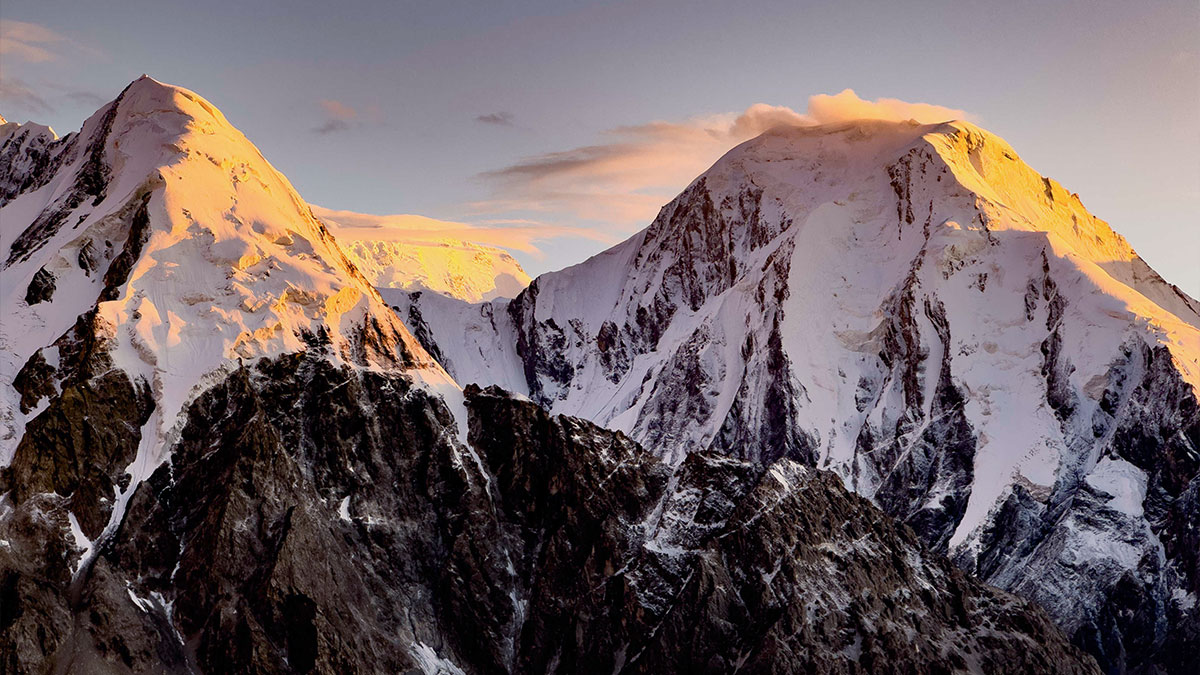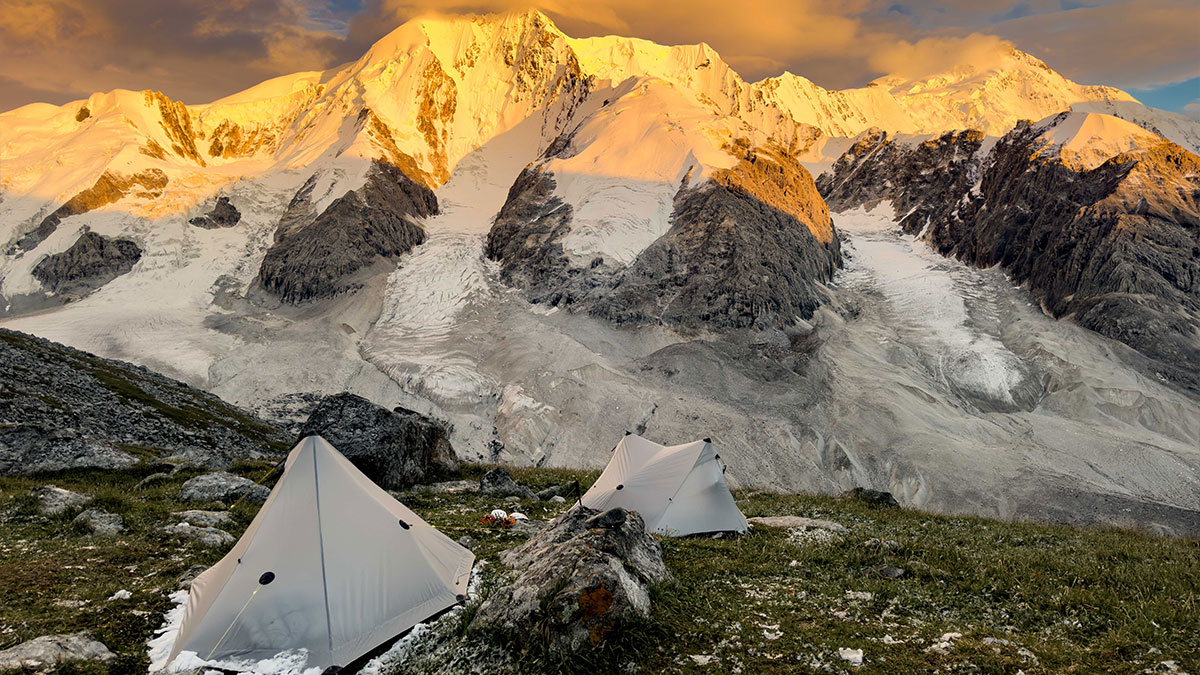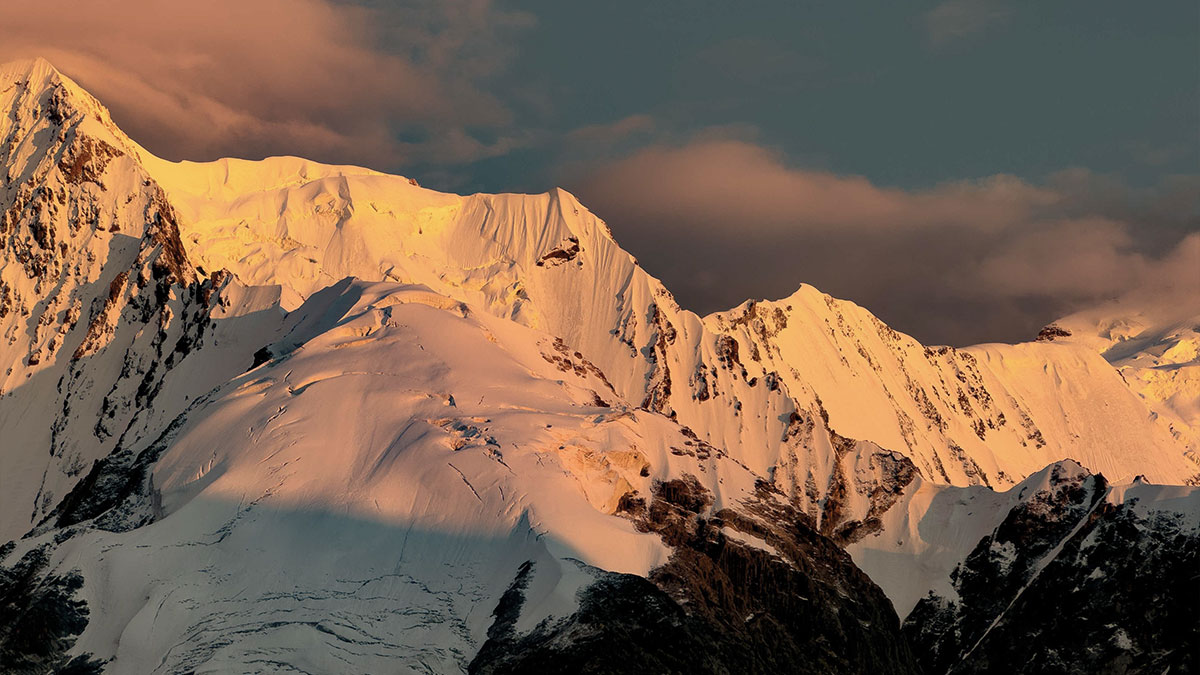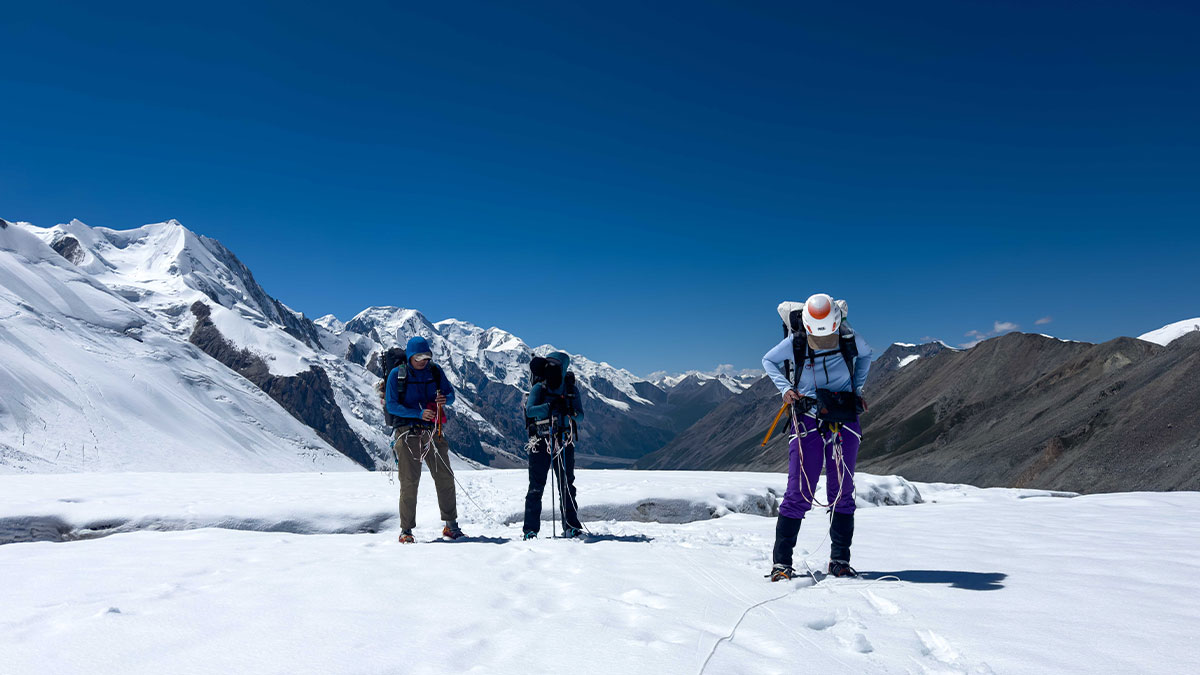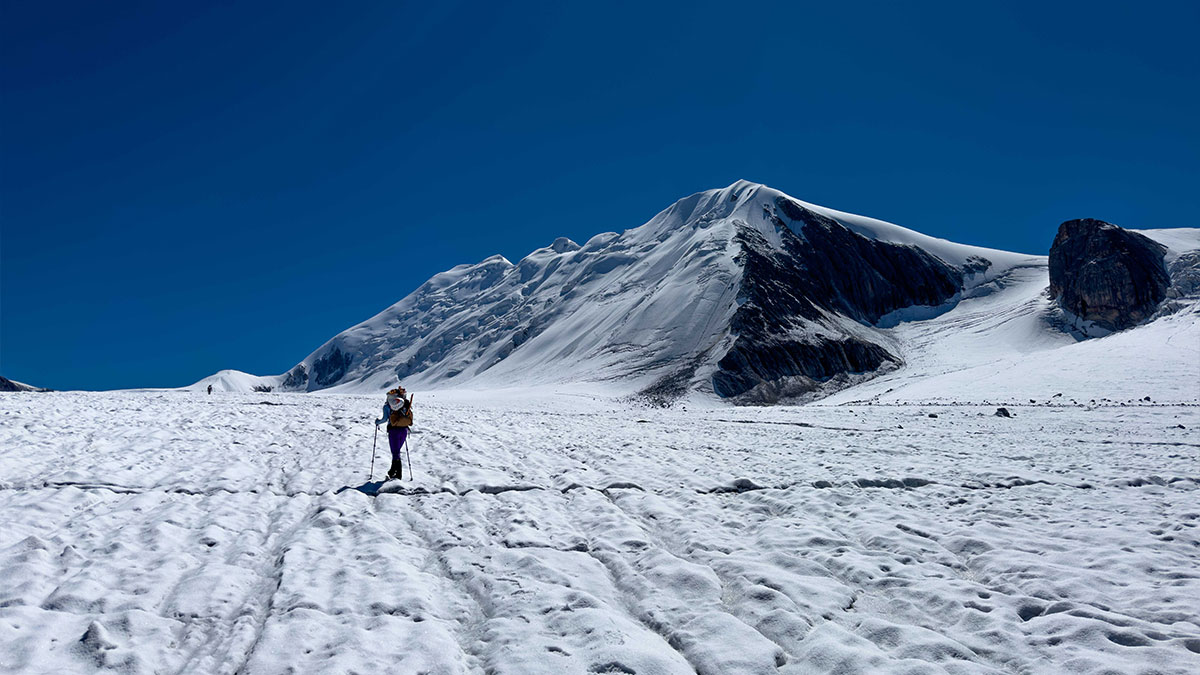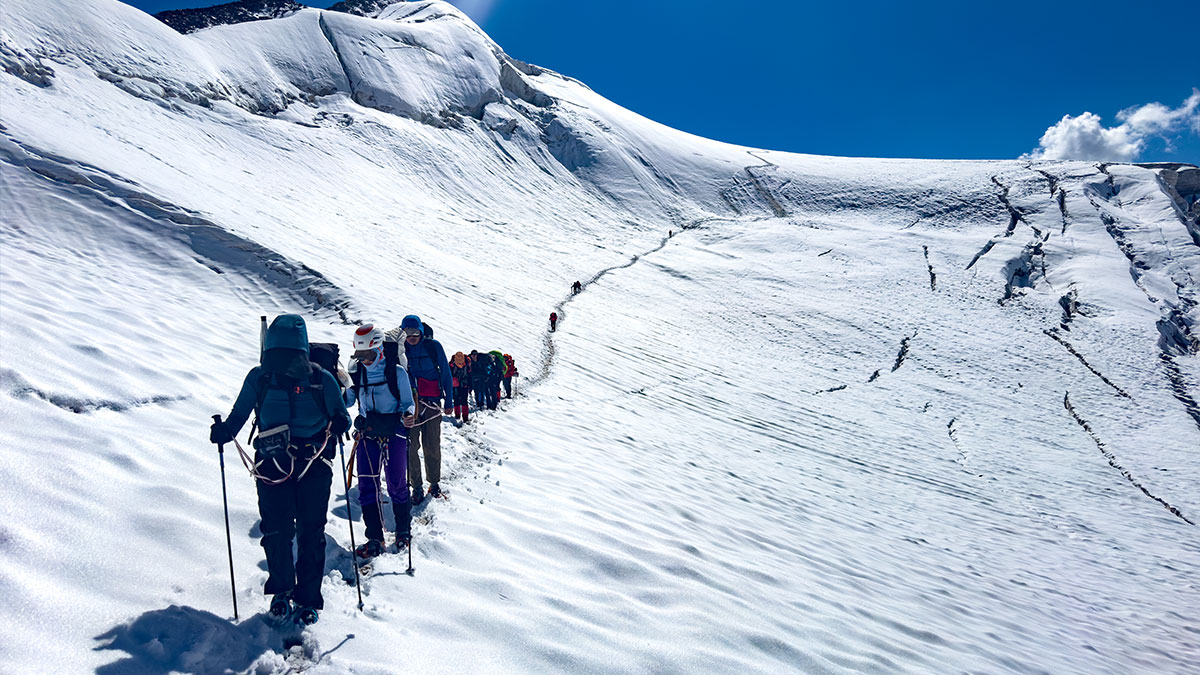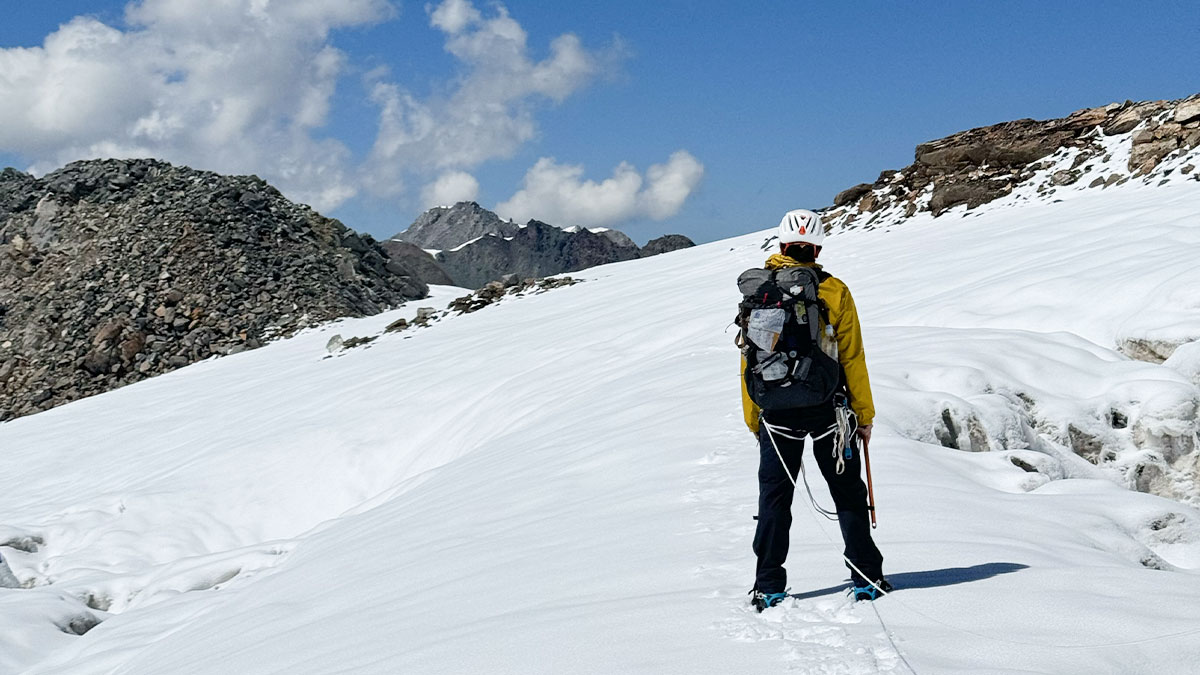
Adventure Report: North of the Southern Tian Shan Trek
Team member: Liang Xueyan, Liu Yu, Liu Yinxi, Chen Xiaofen, Yan Nan, Psnake, XiaoLongNv
Time: August 2024
Length: 85km 6 days
Location: Xinjiang
Difficulty: 7.5/10
This is one of the most difficult treks in China. The history of the route is very new, with people starting to walk it after about 2019. The total length of the route is 140 kilometres, but you can get resupply or get out of the mountain at about 85 kilometres, and most people will only walk 85 kilometres because the scenery is better in the first half of the route.
Lack of sufficient information makes this route full of uncertainty.
What we do know is that the route involves climbing at least 2 snowy mountain passes with large glaciers, so some mountaineering tools are needed.
This is beyond the scope of a trekking route, and the extra mountaineering tools add weight, moreover making lightweight gear especially important.
This time my rucksack weighed about 10kg. Carried the latest Lanshan 1 pro SilPoly which weighs only 630g. The new Tianshan rucksack is made by Ultra200X. These two pieces of gear were the test gear for this trip and I evaluated the performance of both pieces of gear and determined how they could be improved.
I also tested the Extra Quilt EX zip from ICEFLAME, filled with 420g of 900FP down and weighing just 600g.
You can download my gear list at the link below.
https://lighterpack.com/r/lepu6f
Adventure Report:
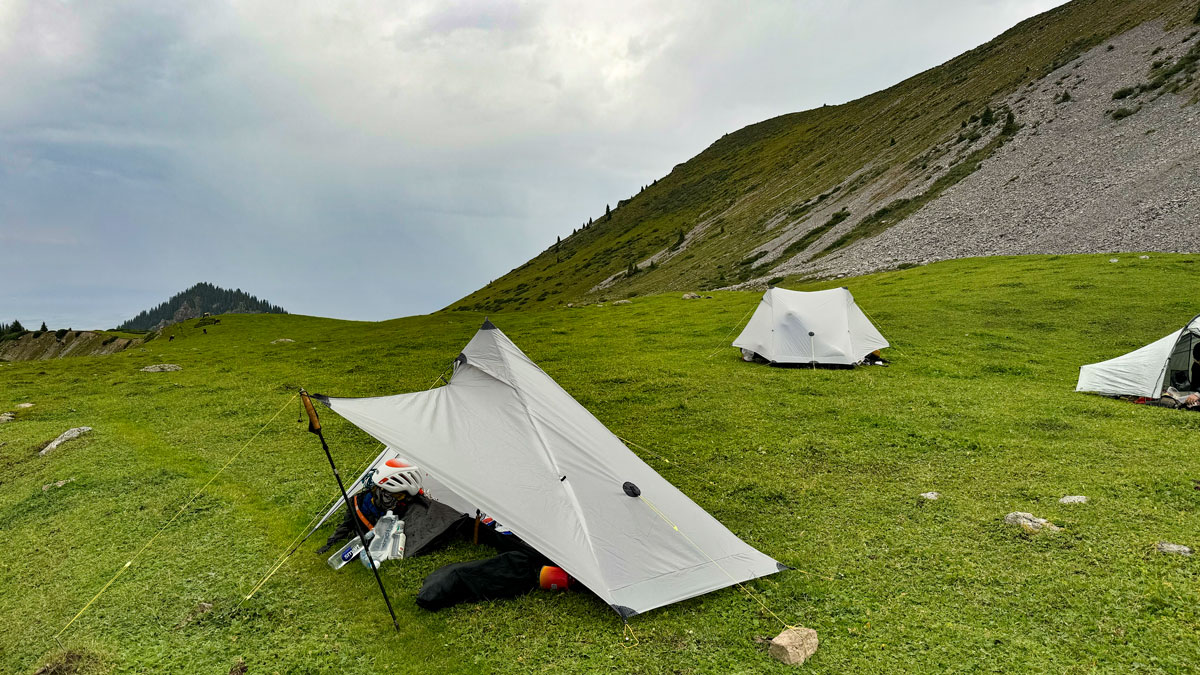
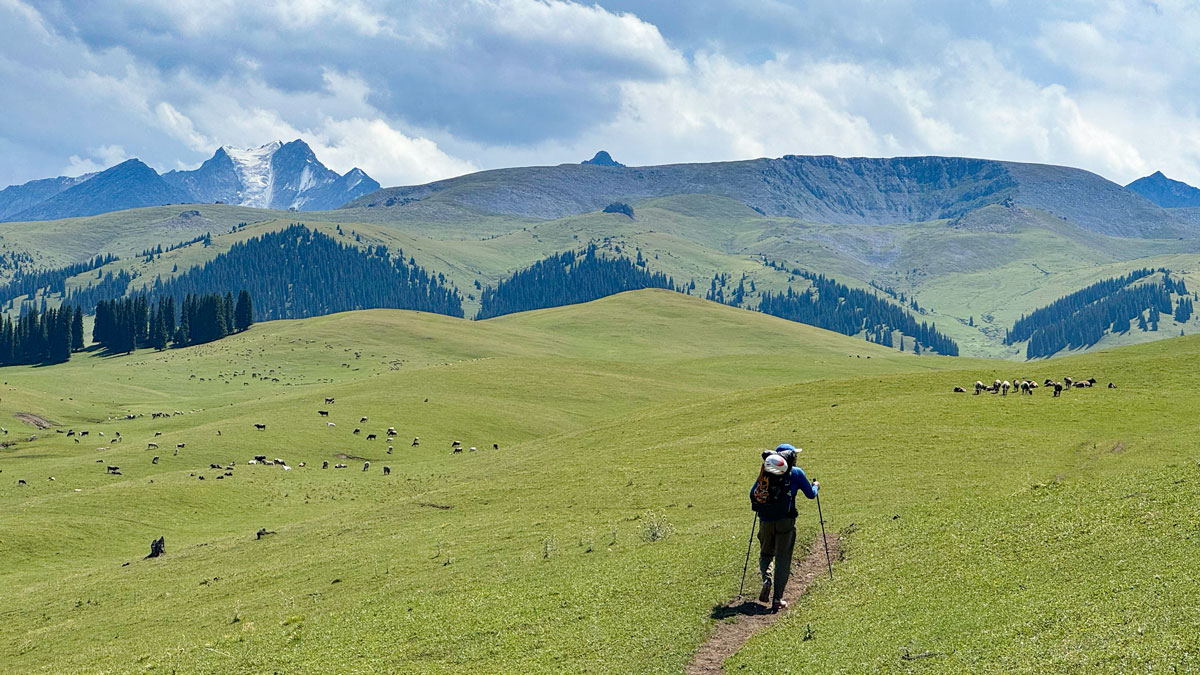
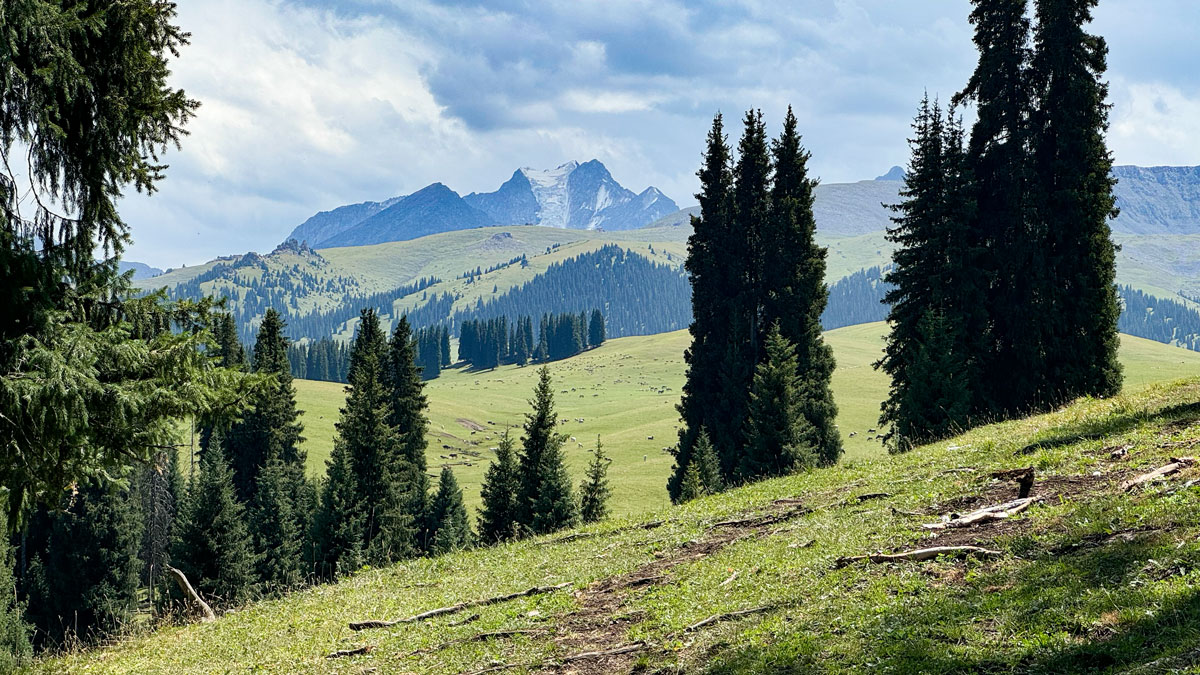
DAY1 16km Solan Valley-Camp 1
Ascend: 1380m
The first day’s altitude will not exceed 3000 metres. Most of the time is spent walking in valleys and ridge meadows with views of snow-capped mountains in the distance. The paths are in good condition.
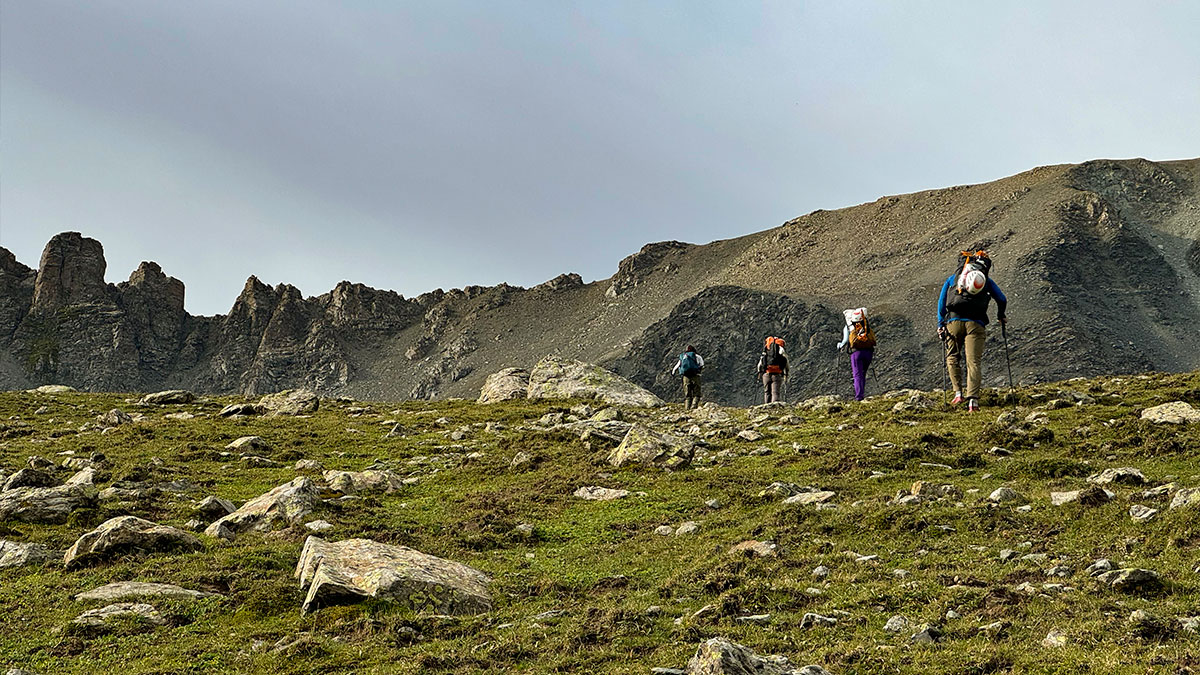
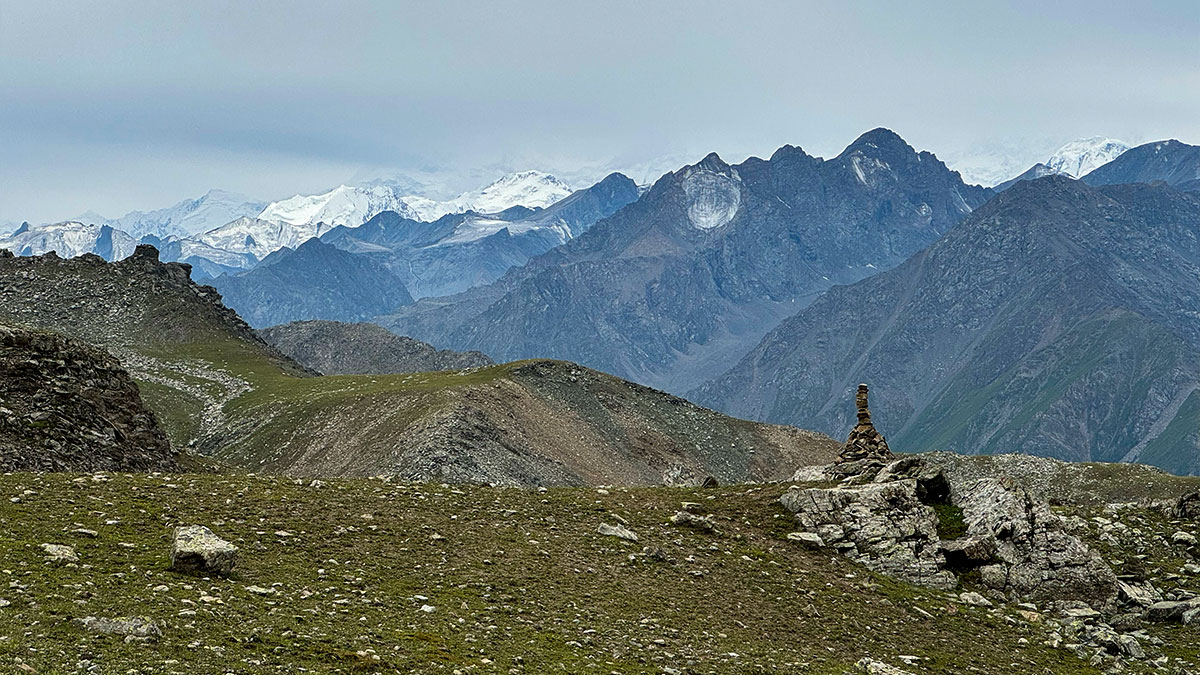
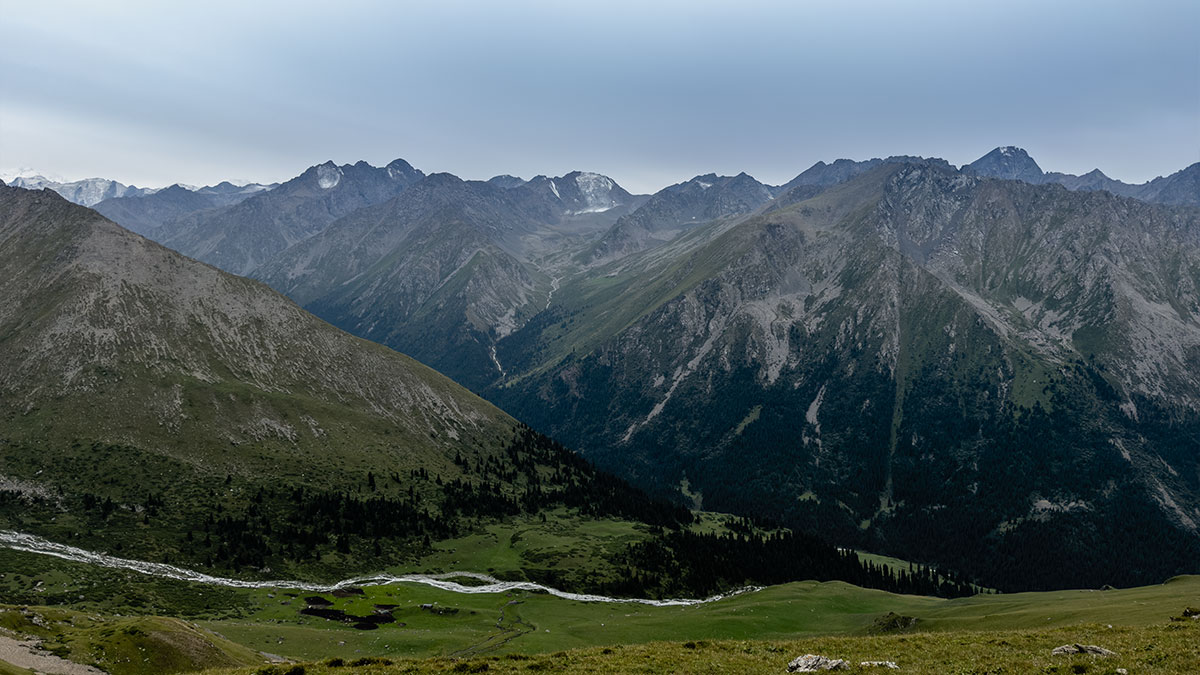
DAY2 16km Camp1-Malaerte Pass 3562m- Cabin
Ascend: 785m
The next day over a scree-filled pass is not too difficult and you can see the road clearly. Over the pass there is a dramatic descent, reaching directly into the river valley at over 2,000 metres above sea level. In the river valley there are a lot of brown bears, so we find a cabin instead of using a tent.
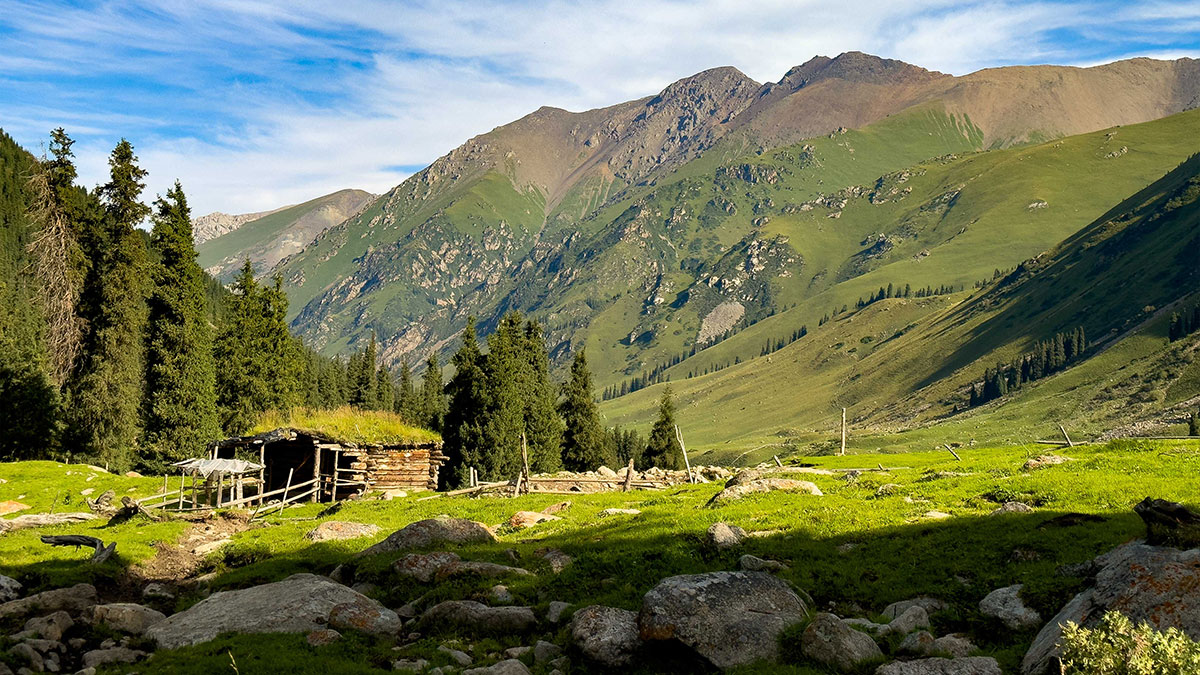
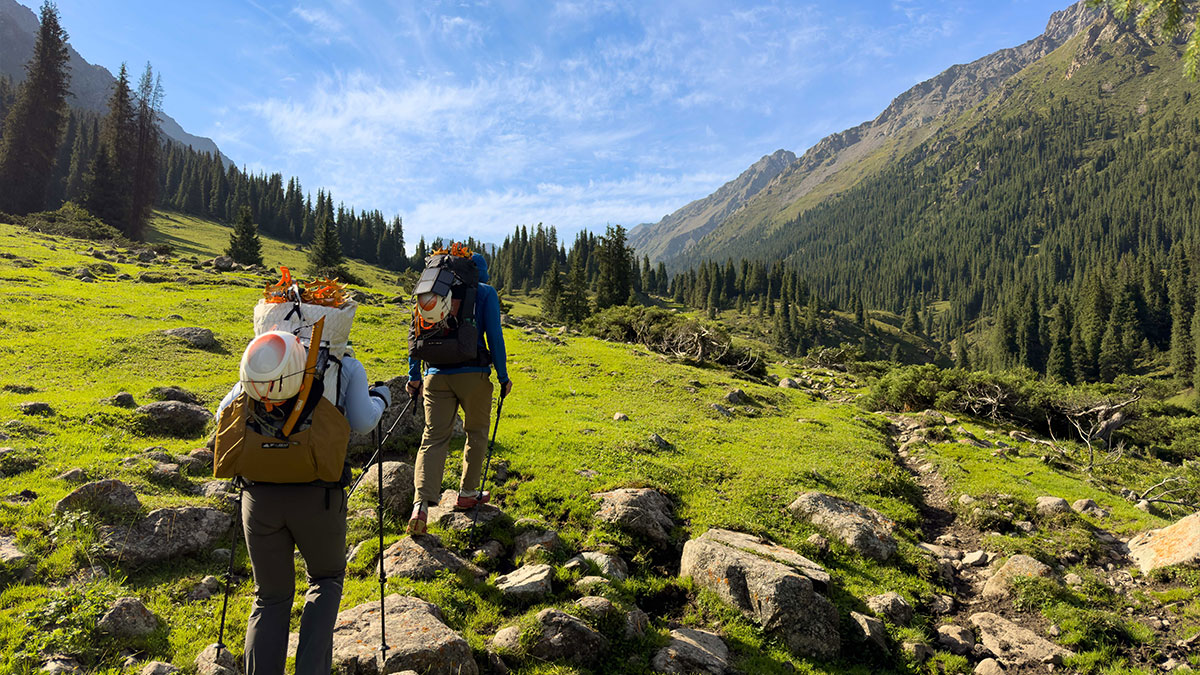
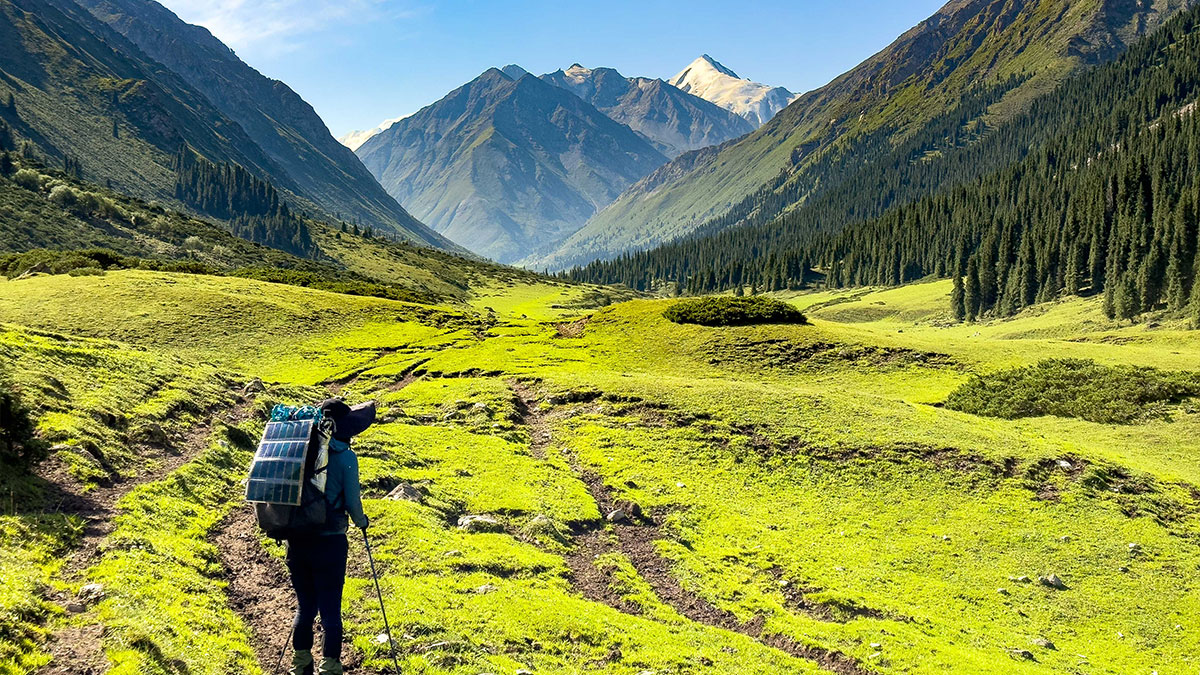
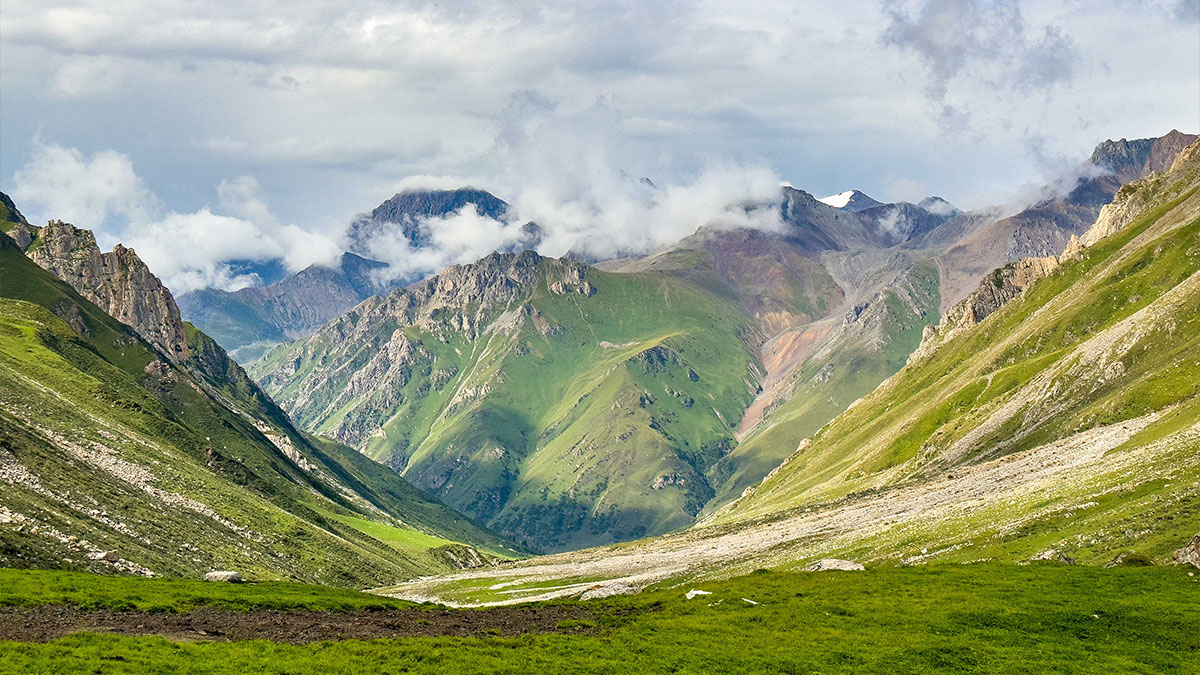
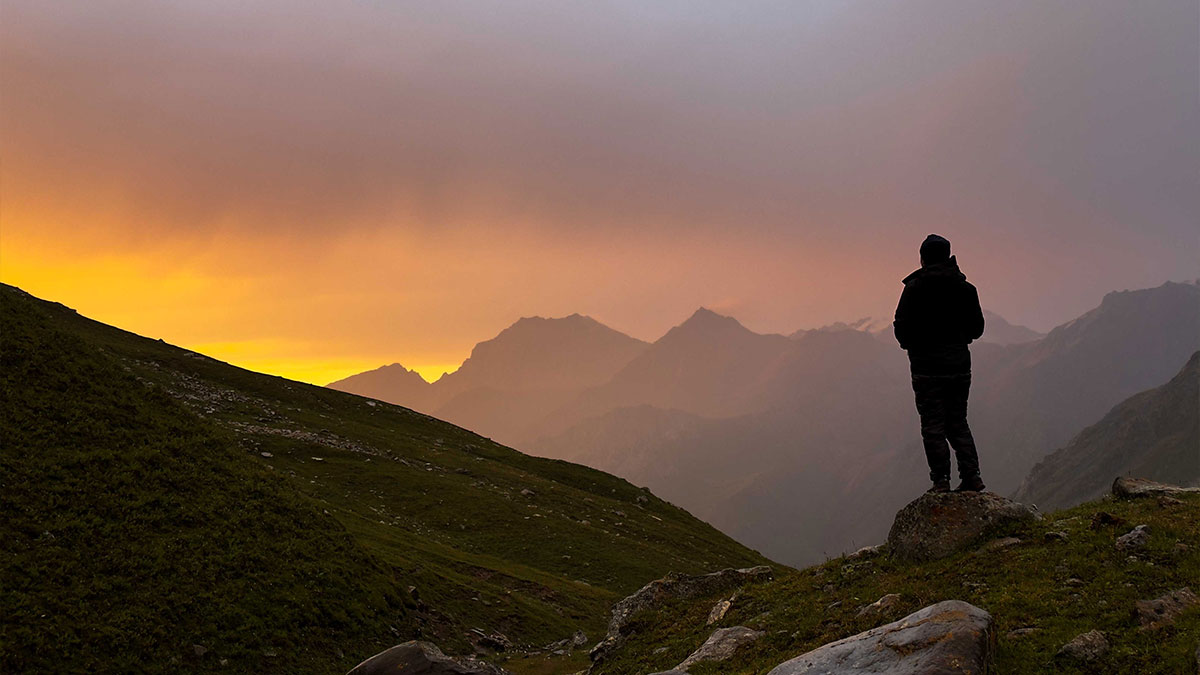
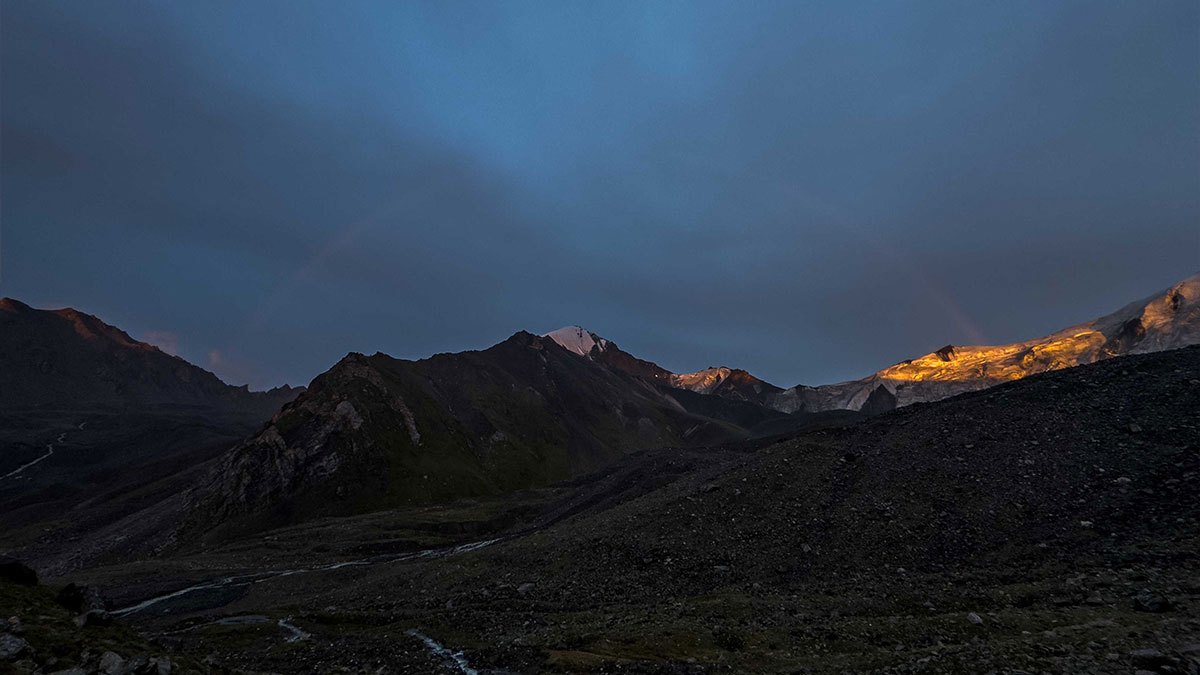
DAY3 14km Cabin- Valley crossing- Grass land before Asusada Pass 3600m
Ascend: 850m
Needed to cross a fast flowing river today and needed to build a protection system with ropes. This will delay a lot of time.
The way up towards the valley above is becoming less and less obvious and a lot of time is consumed determining whether the way is to the left or right of the river. This is very energy and time consuming. If the judgement is wrong, danger can be encountered.
There is a grassy area and clear water source high up a few hundred metres from the pass, making it an ideal campsite.
In the evening a member of the team had an acute attack of ITBS, a condition that causes rapid loss of movement. My treatment was to administer 0.75mg dexamethasone every 4 hours. Knowing that the acute oedema was gone.
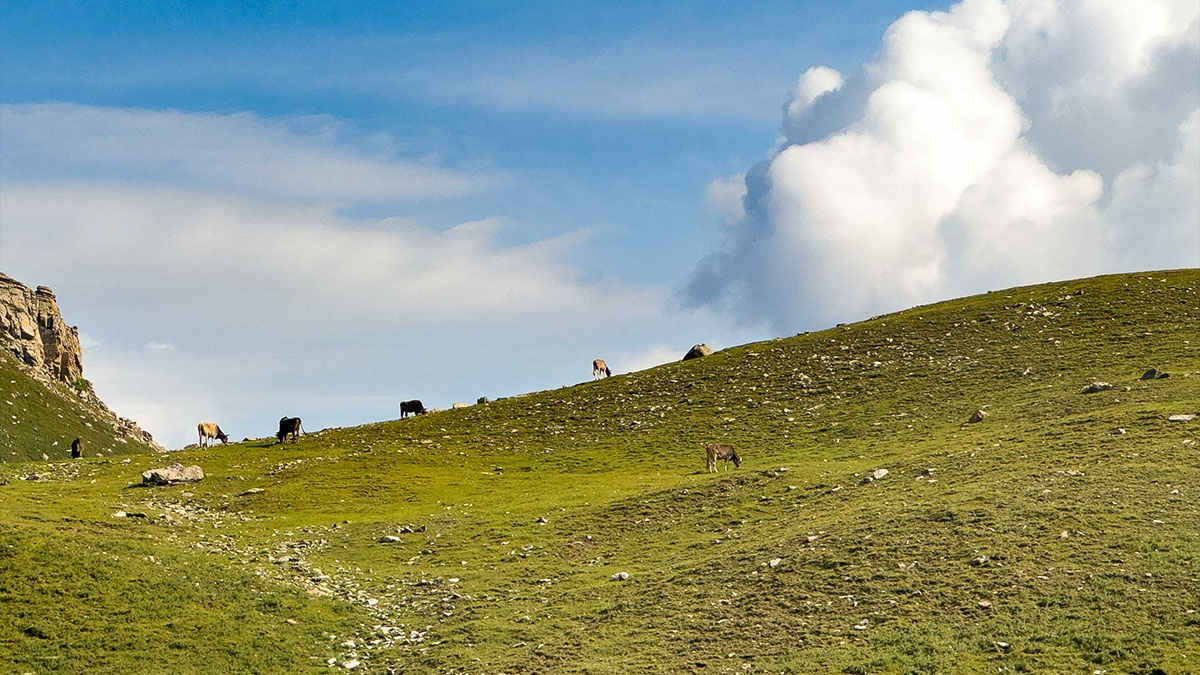
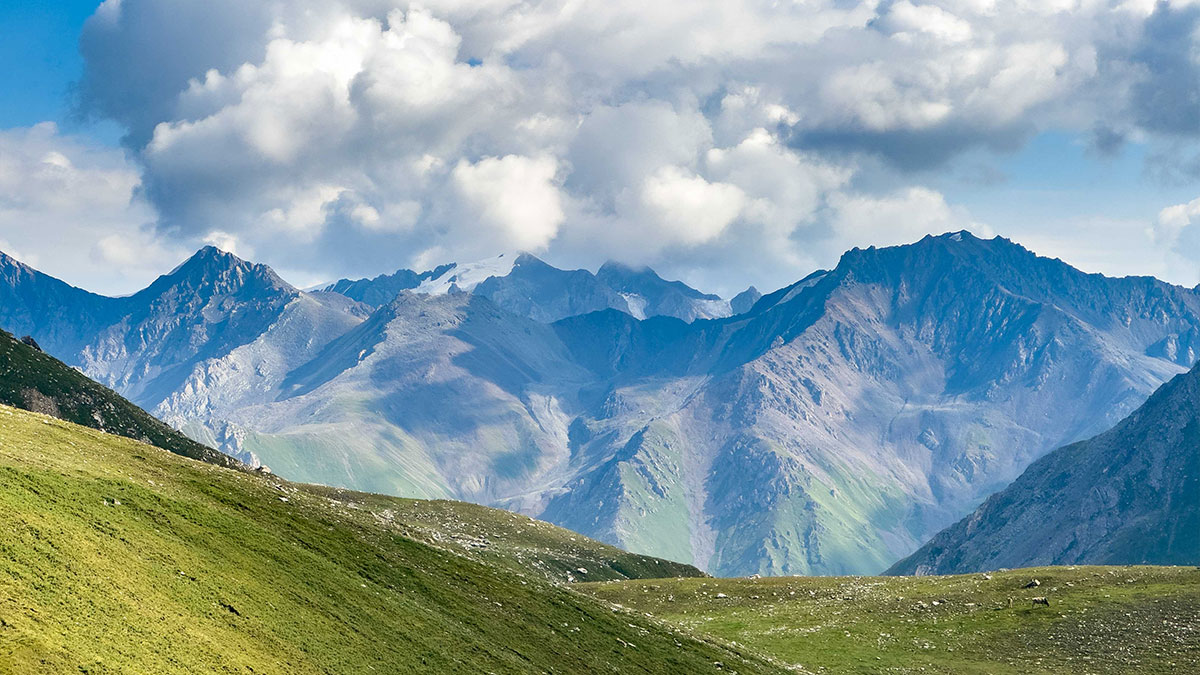
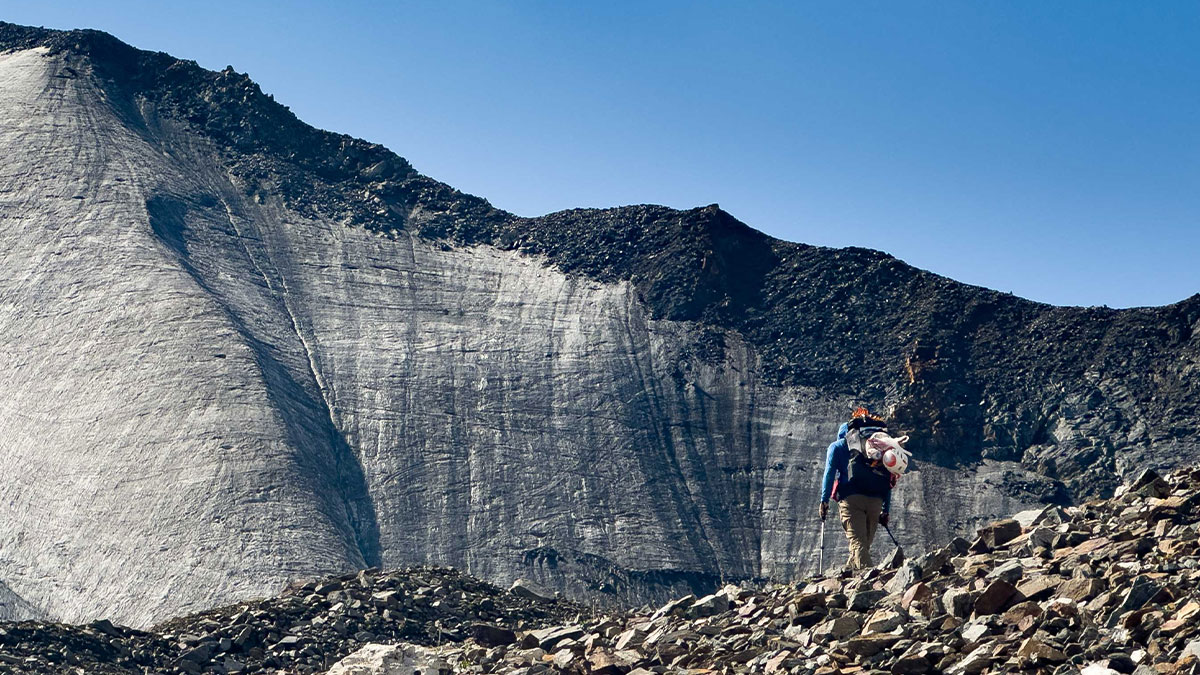
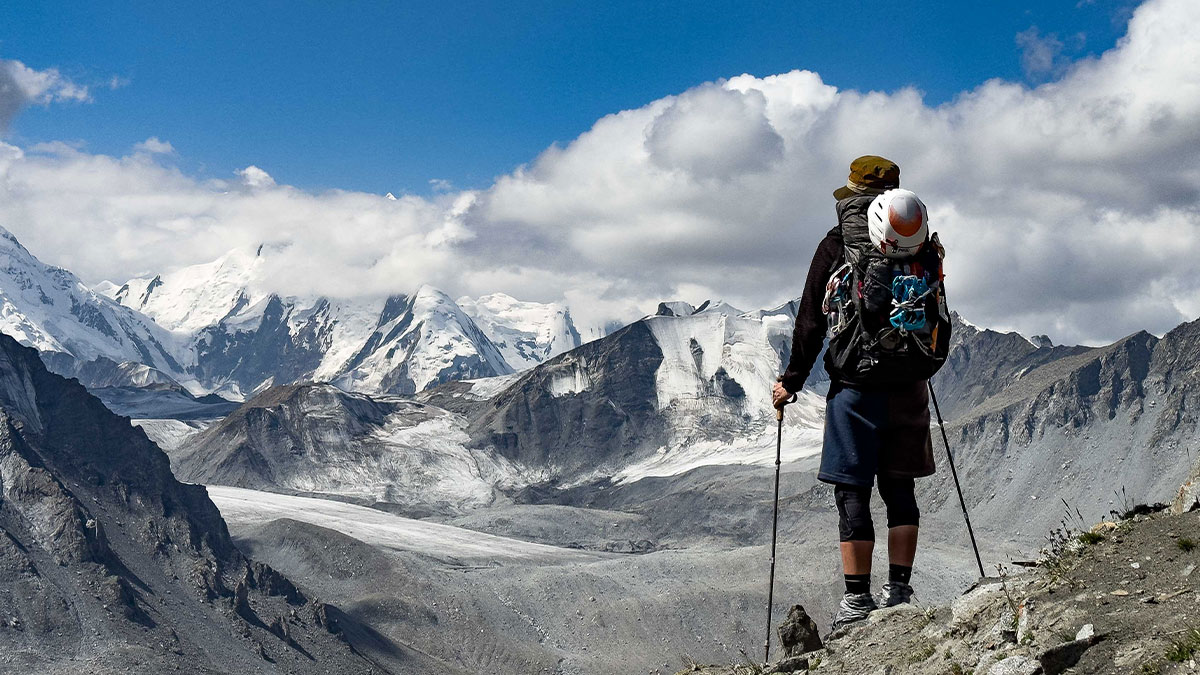
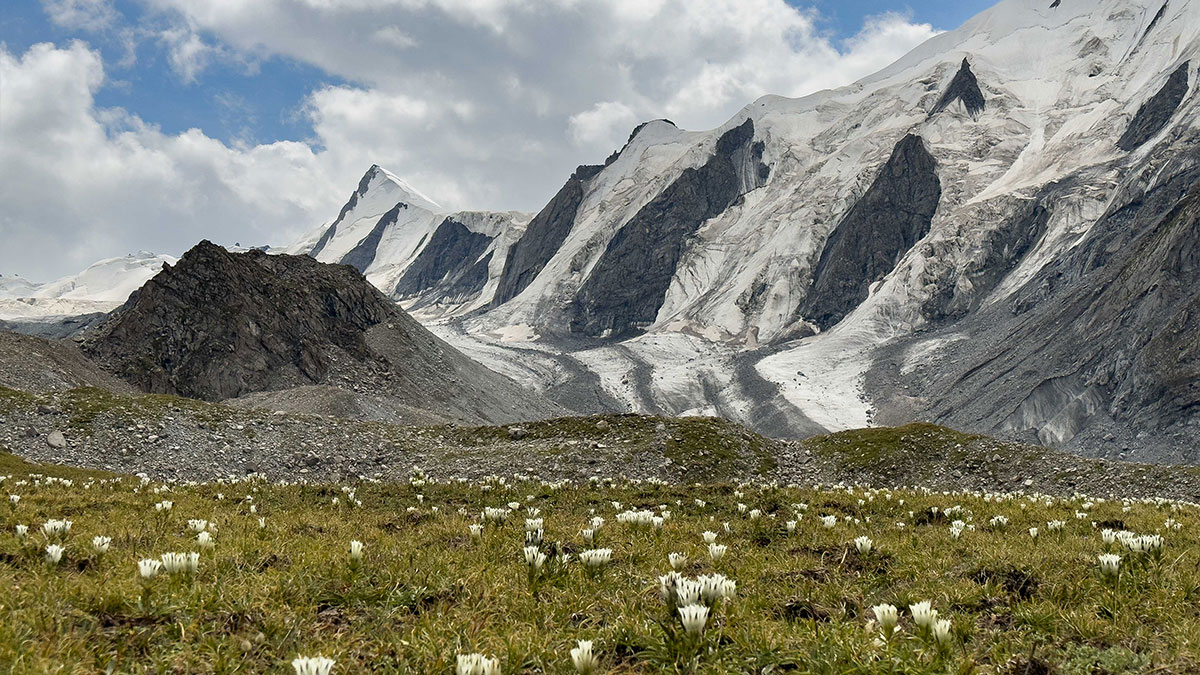
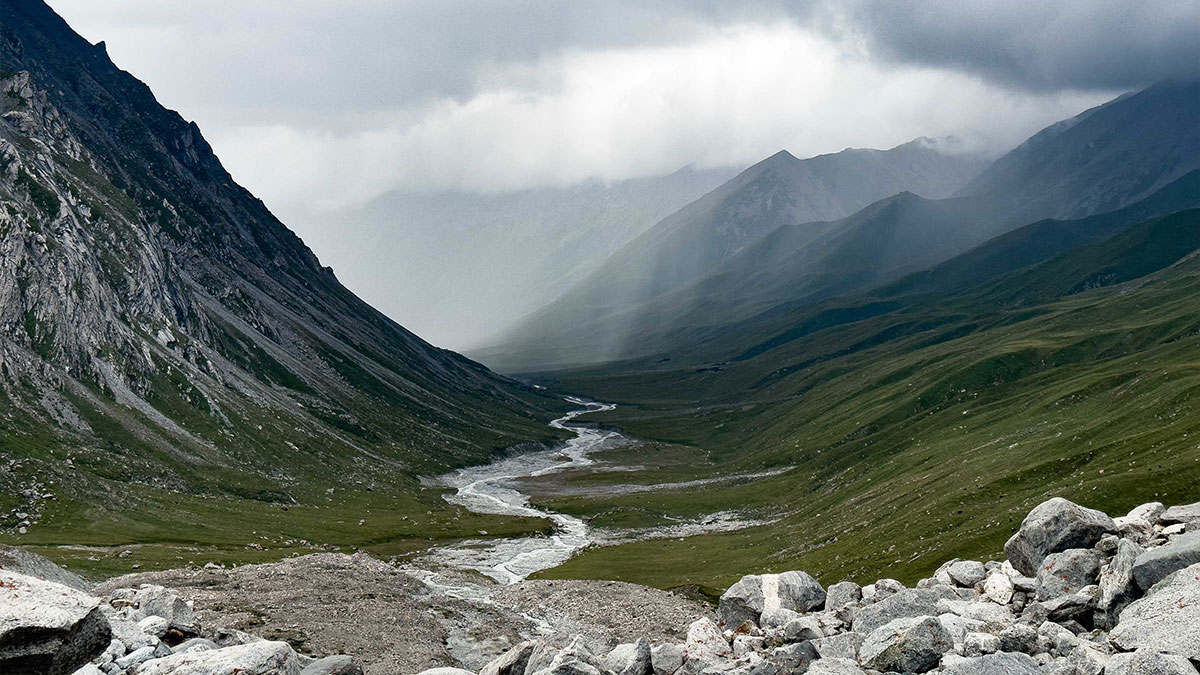
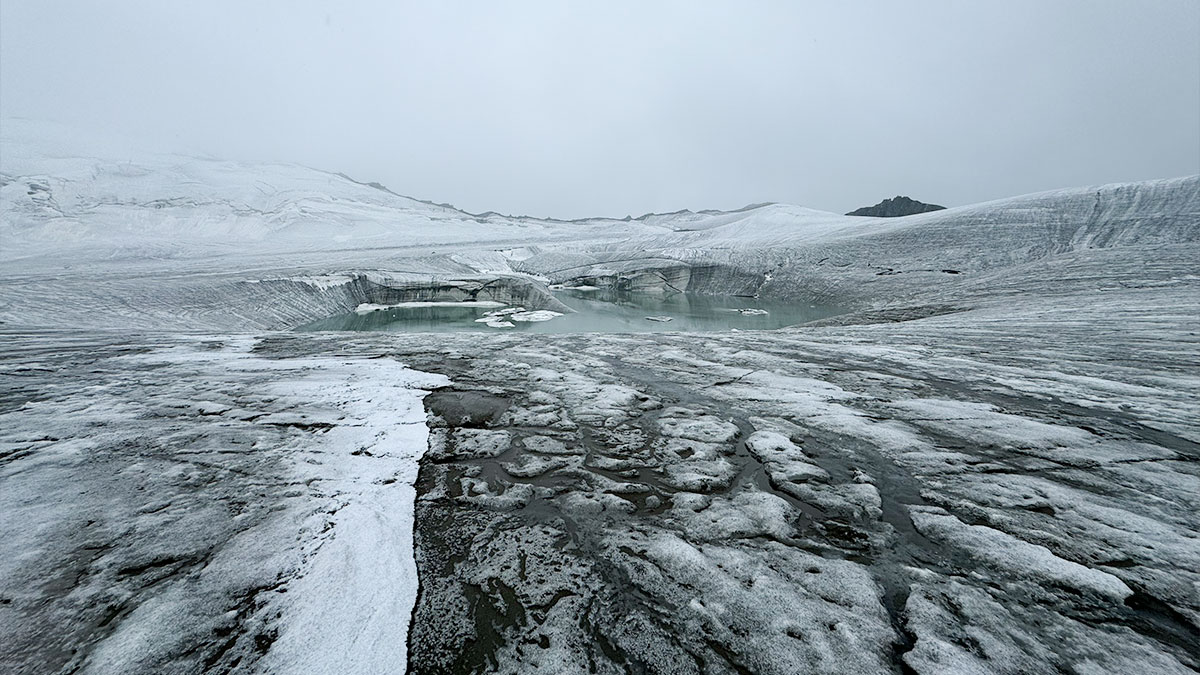
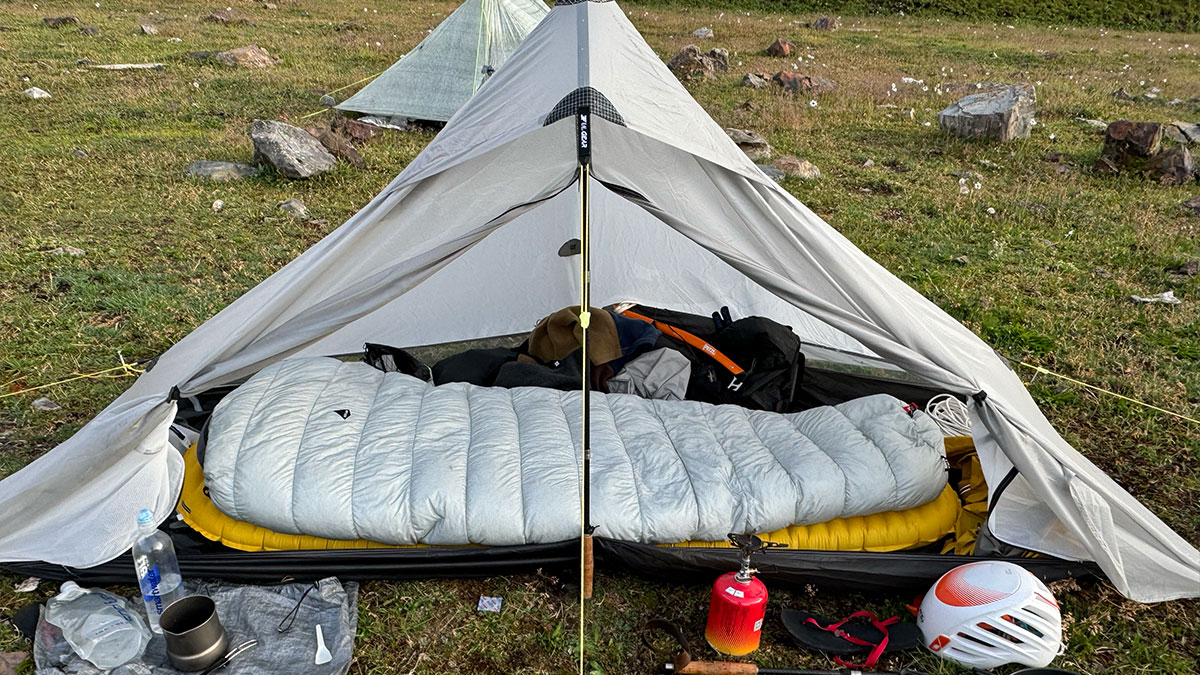
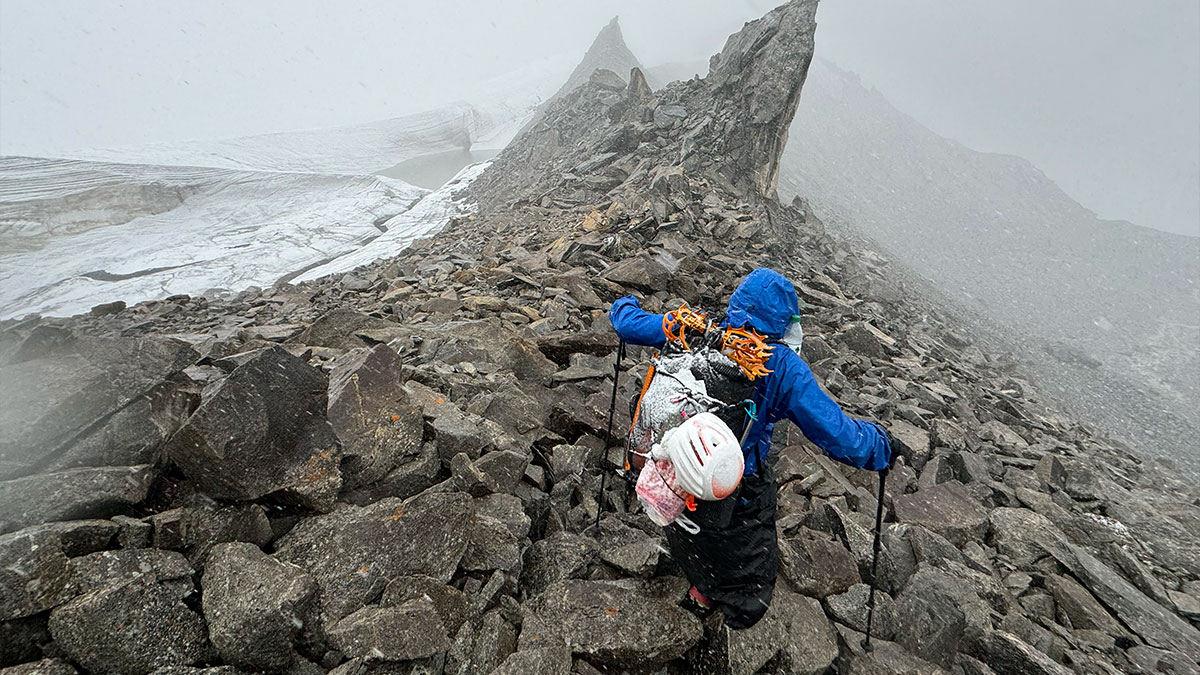
DAY4 15.6km Asusada Pass 3880m-Small Lake-Glacier-Kirin Pass 3800m-Grass Camp
Ascend: 750m
Starting today off the trail, all future hikes are off-trail.
Over the 3880 metre scree pass, you can see the snow-capped mountains to be climbed in the distance. This day will lead into a glacier trek.
There are no trails leading to the glacier, you can only refer to the GPS history of other people’s walks combined with your own judgement from experience. The path is difficult to follow and full of moving rocks. You have to be extra careful with every step. There are also raging streams to contend with that flow down from the high mountains. Very dangerous.
The glacier walk started at 3pm and it was easy compared to the scree slopes and we soon reached the Kirin I pass, that is dangerous because of an ice slope of about 45 degrees, which requires the correct use of ice crampons in order to pass through, otherwise you may fall into the ice lake below.
Kirin II is a scree pass with no glacier or trail and requires going over countless rocks. This pass is the second most dangerous pass of the trip.
The campsite is at least an hour from Kirin II Pass.
